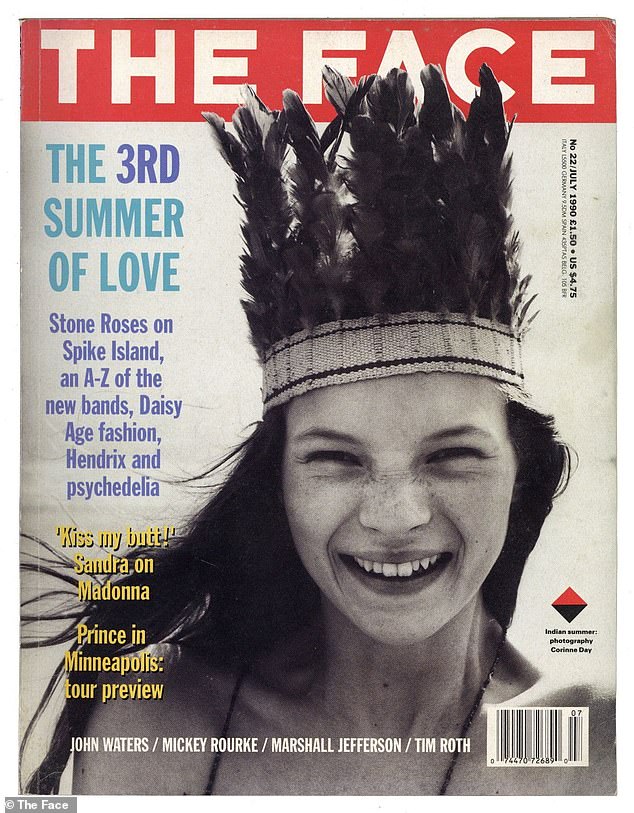She is known as the photographer who discovered Kate Moss and heralded a new era in fashion: heroin chic.
However, British fashion photographer Corinne Day was never particularly keen on such associations, which eventually led her to decide to leave the fashion world behind and instead pursue documentary-style photography.
Despite the London-born pioneer’s attempt to shake off her connections to the controversial movement that was accused of promoting anorexia, it was too late: the industry was hooked on her candid, unedited style of work, which contrasted sharply with the often outlandish imagery prevalent in the 1980s.
Corinne’s dedication to revealing life’s intimate moments on camera never wavered, and even at her weakest moments, during the run-up to her emergency surgery for a brain tumor in 1996, she demanded that her partner Mark Szaszy capture her on camera.
Some 13 years later, the fashion industry mourned the loss of one of its most respected figures after a brain tumor ended Corinne’s life prematurely, but her legacy has by no means faded and her goal of sharing real, raw images still prevails in the industry today.
The cover of The Face magazine in 1990 launched Corinne Day’s career as a photographer and Kate Moss’s career in the modeling industry.
She began her career in the fashion world on the opposite end of the camera, working as a model in Italy during her teenage years.
In her spare time, Corinne photographed her flatmates, but unlike the typical fabricated images of the time, she decided to move away from performative glamour and approach unfiltered images.
“I loved seeing them with bags under their eyes because I thought they were even more beautiful,” she recalled. Nicholson Study“They had life. They weren’t bland or fake or covered in makeup,” Day added.
Recognising her fascination, Corinne approached fashion magazines for assignments and in the spring of 1990 visited the Storm modelling agency to find the face of her next photo shoot.
He chose Kate Moss, a 15-year-old who was not yet known in the industry, a choice that would change the course of his life and Kate’s forever.
Corinne introduced the Polaroid to Phil Bicker, the art director of The Face, a leading arts, fashion and culture magazine at the time, originally published from 1990 to 2004, before a recent relaunch in 2019.
“I saw in Kate what Corinne saw, which was that she represented something very real: the opposite, in fact, of all the unreal glamour of fashion,” Bicker recalled in conversation with the Guardian.
She continued: ‘I sent Corinne and stylist, Melanie Ward, to Camber Sands to do a photoshoot with her.’
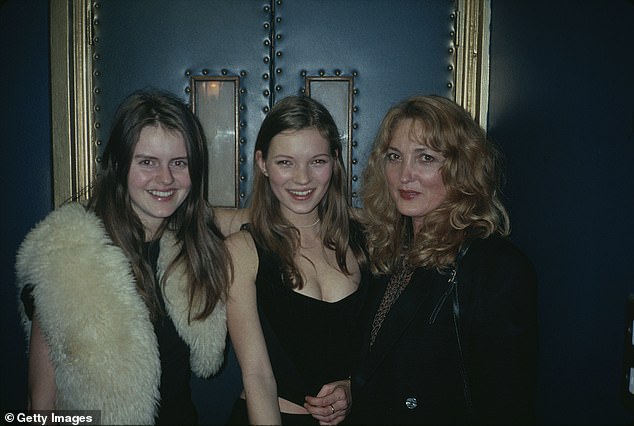
Pictured: Kate Moss (centre) with her mother, Linda Moss (right), and fashion photographer Corinne Day in October 1991.
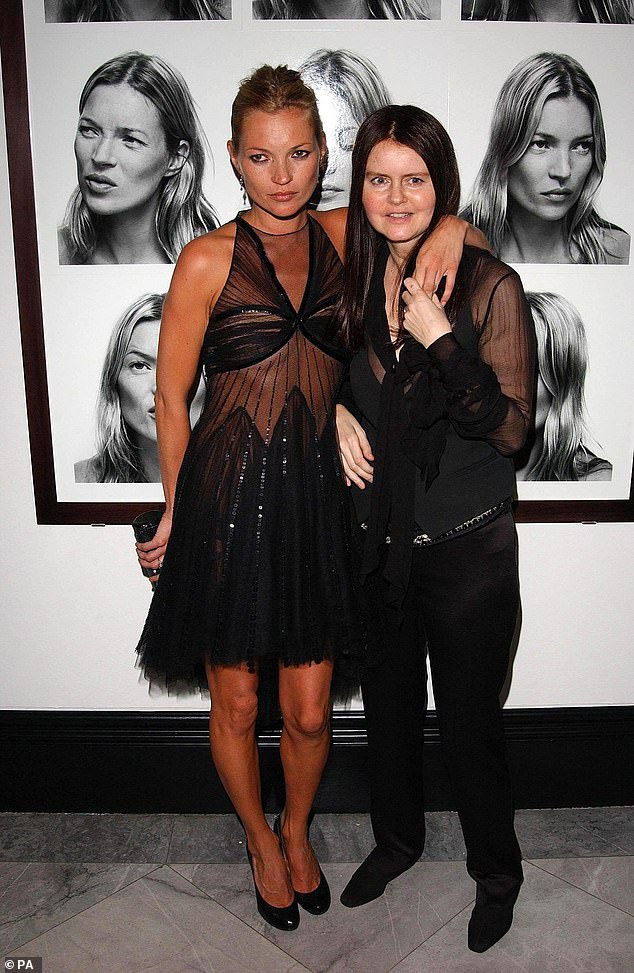
When Corinne selected a Polaroid of Kate to include in her photo shoot in 1990, it launched both their careers (seen in 2010)
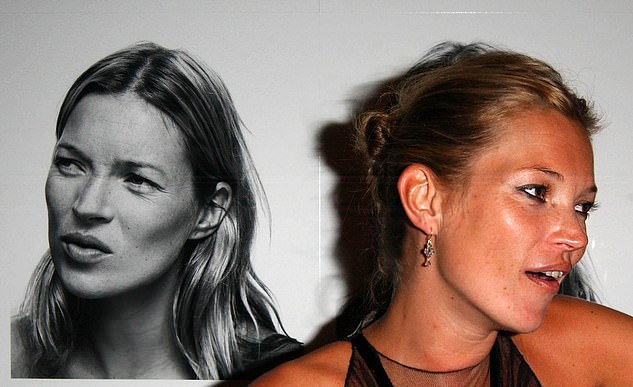
Kate worked with Corinne on multiple occasions, and some of their portraits appeared in the Face of Fashion exhibition at the National Portrait Gallery in 2007.
It was a photo shoot that transformed the industry, with images of a young, bare-faced Kate laughing on an English beach becoming a fashion staple forever.
In the number, called ‘The Third Summer of Love’, Kate frolicked along the shoreline topless, smoked cigarettes while huddled against a wall and ran across the sand with a childlike glee on her face.
Corinne channeled her modeling experience into the images, refusing to retouch them and commenting that she had always hated being made “into someone she wasn’t” when she modeled.
Ironically, Bicker fabricated the “natural” footage. He told the Guardian: “It looked natural and simple, but it was carefully constructed to look that way. In fact, if I remember correctly, I sent them there two or three times until they got it right.”
The shoot led to Corinne landing a series of assignments for some of the biggest names in the industry: iD, Gun and Penthouse, and the controversial Vogue shoot.
Photographed in 1993 in British Vogue’s ‘Under-Exposure’ category, Moss poses scantily clad in her London apartment.
There was widespread outrage and viewers commented on Kate’s body type, claiming that it promoted an unrealistic body type and perpetuated unrealistic ideals or “heroin chic”.
Describing the shoot with photographer Corinne Day, Ms Moss said: “I felt really good. I felt really comfortable throughout the shoot, I loved creating the images. You know, it wasn’t anything glamorous. It was in my flat in London.”
“Our bedroom was like a studio. That was the style I liked. It was much simpler.”
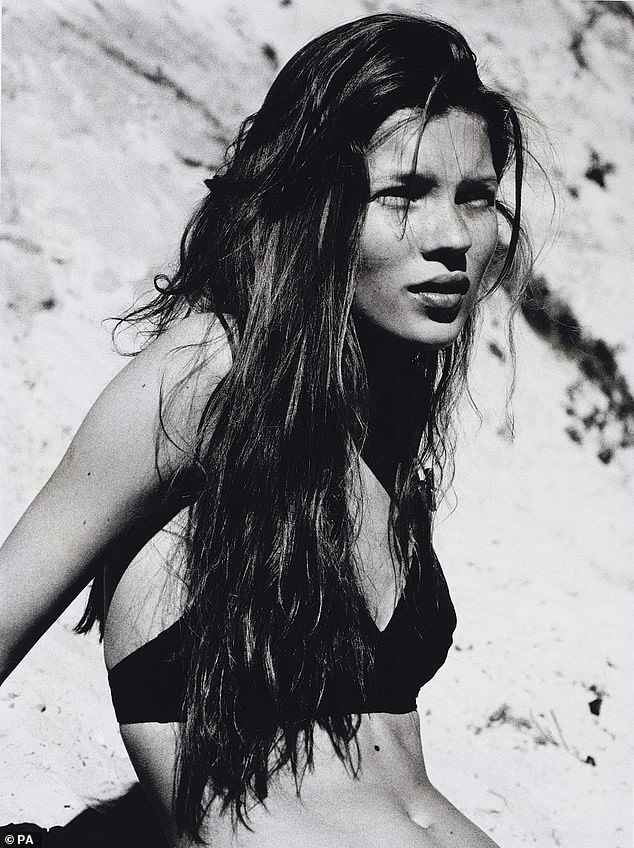
Corinne captured Kate at 16 in a series of candid, natural images, which were later auctioned at Christie’s.
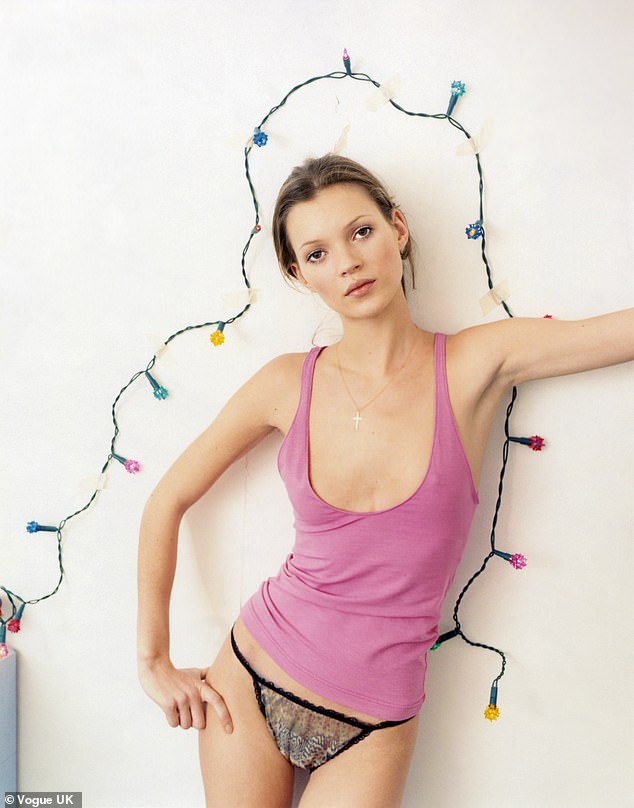
Corinne and Kate were accused of promoting anorexia and ‘heroin chic’ in the controversial Vogue image
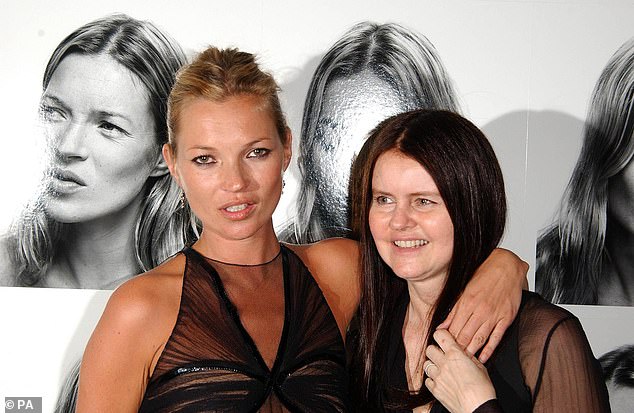
Kate was among friends who raised money for Corinne to undergo chemotherapy in Arizona (seen in 2010)
The supermodel recently revealed the abuse she faced for her “heroin chic” aesthetic.
The 50-year-old, who became the poster girl for the trend in the Nineties, said people would approach her in the street and accuse her of promoting eating disorders.
In a new Disney+ documentary, she said: “Parents would come up to me and say, ‘My daughter is anorexic.’ It was horrible.”
“I think it was because I was skinny and people weren’t used to seeing skinny people. But if I had been more voluptuous, it wouldn’t have been such a big deal. It’s just that my body shape was different from the models who came before me.”
Reflecting on the negative reaction to the original photo, which now hangs in the Victoria and Albert Museum in west London, fashion editor Catherine Kasterine told the documentary: “The public was not prepared. They were absolutely horrified.
“Immediately, the images were completely vilified and criticized. Perhaps we had underestimated that such an appearance was something normal in our minds.”
Vogue editor Dame Anna Wintour said: ‘That look – a model looking very malnourished – made people feel uncomfortable.
“A lot of us at Vogue were worried about heroin chic or anorexia, all the things that are associated with that look. It got to the point where it reached a fever pitch. I remember being physically in the White House when the Clinton administration addressed the issue.”
From Corinne autobiography He says: ‘These photographs upset her modelling agency (Kate’s) and many other people in the press in England and the United States.’
He added: “At the time, I thought these photographs were very funny. They were certainly not the kind of pictures you usually see in Vogue. I had photographed Kate in her own apartment.
“The photographs looked cheap and tacky, everything Vogue wasn’t supposed to be.”
“I think the press took the photographs too seriously, reading much more into them than was actually there. Vogue stopped working with me after that.”
The heroin chic debate led Corinne to retire from the fashion industry and instead opt to work in documentary-style photography with her partner Mark Szaszy.
In 1996, Corinne’s life took an unexpected turn after she fainted in her New York apartment. She was rushed to hospital, where doctors detected a brain tumor and performed emergency surgery.
Still, she insisted that Mark document the run-up to the operation via camera, arguing that photography should show things that people normally cannot see.
It is a series of images published in her photography book called Diary in 2000, along with intimate images of her friends, with Corinne’s aim to present an accurate representation of the youth culture of that time.
She recovered from the illness and continued working for Vogue and other high fashion brands.
But in 2008, the tumor returned. Corinne’s friends, including Moss, started a campaign called Save the Day to raise money for chemotherapy treatment in Arizona by selling limited edition prints of Day.
He battled the disease for two years until his death in 2010 at the age of 45. A statement on his website said he passed away “peacefully, at home, after a long illness.”
Tributes to Corinne poured in, with then Vogue editor Alexandra Shulman saying: “Corinne was a photographer of enormous talent and integrity.
“His work for British Vogue was completely original and will always be remembered. He could capture pure beauty like few people.”
(tags to translate)dailymail

